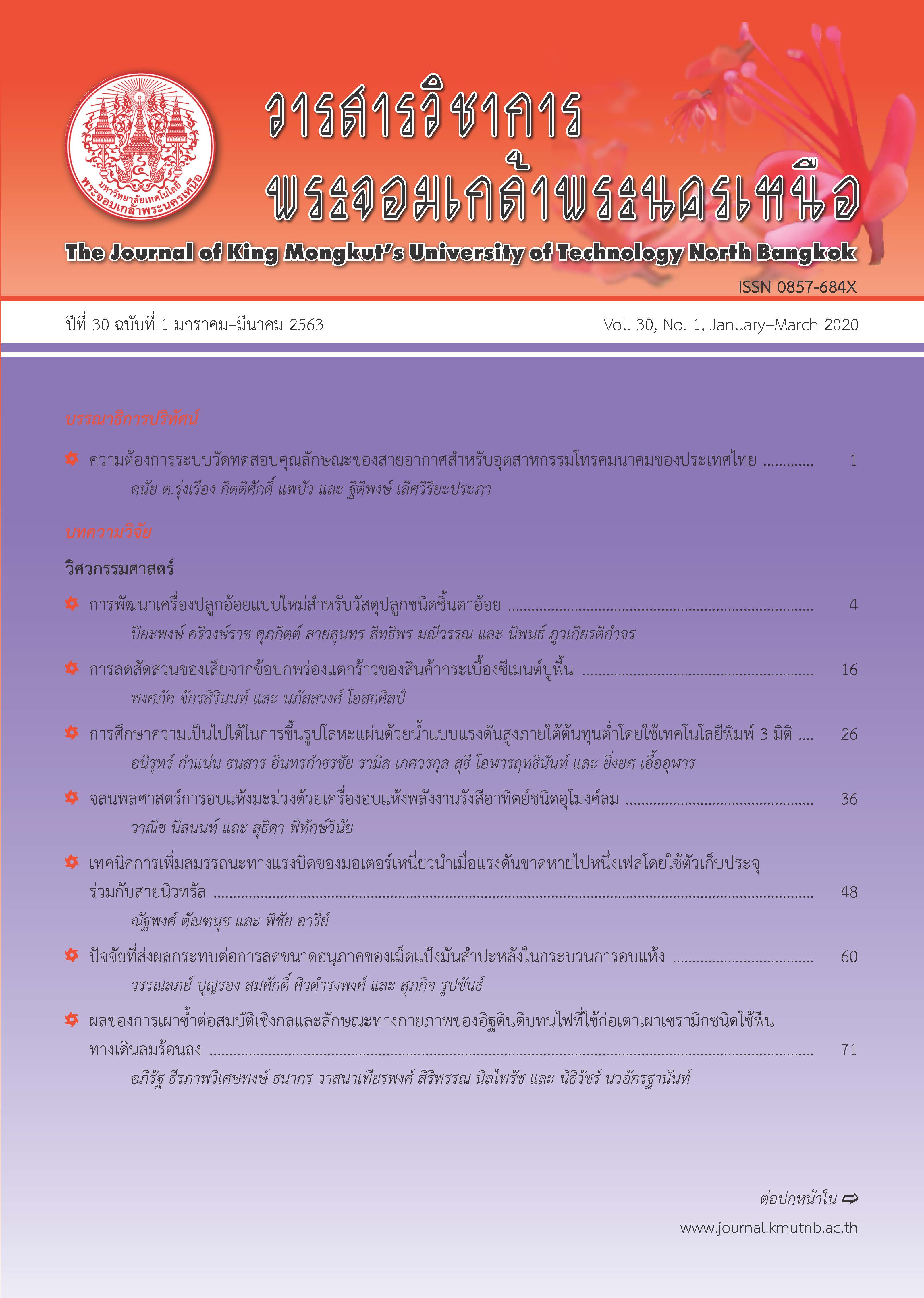การพัฒนารูปแบบการจัดการธุรกิจแบบองค์รวมในการให้บริการสุขภาพระบบสิทธิการรักษาพยาบาลจากรัฐของโรงพยาบาลในประเทศไทย
Main Article Content
บทคัดย่อ
การวิจัยนี้มีวัตถุประสงค์เพื่อ 1) ค้นหาองค์ประกอบที่สำคัญ 2) พัฒนารูปแบบ และ 3) จัดทำคู่มือการจัดการธุรกิจแบบองค์รวมในการให้บริการสุขภาพระบบสิทธิการรักษาพยาบาลจากรัฐของโรงพยาบาลในประเทศไทย ประชากรที่ใช้ในการศึกษา ได้แก่ ผู้บริหาร ผู้ให้บริการ และตัวแทนกลุ่มผู้มีส่วนได้ส่วนเสีย ดำเนินการวิจัยโดยใช้เทคนิคเดลฟาย การวิเคราะห์ข้อมูลด้วยวิธีวิเคราะห์เชิงเนื้อหา และสถิติ ได้แก่ ค่ามัธยฐาน ค่าฐานนิยม และค่าพิสัยระหว่างควอไทล์ ผลการวิจัยพบว่ามีองค์ประกอบที่สำคัญ ได้แก่ 1) เสถียรภาพด้านการเงิน (Financial Stability) 2) สัมพันธภาพกับผู้ป่วย (Relationship to Patients) 3) ความครอบคลุมของบริการทางการแพทย์ (Integration of Medical Services) 4) ความรอบรู้ทางสุขภาพ (Education on Health Literacy) 5) การเข้าถึงบริการ (Next-door Services) 6) คุณธรรม จริยธรรม ธรรมาภิบาลของแพทย์ผู้บริหาร (Discipline of Medical Personnel) 7) ระบบคุณภาพ มาตรฐานความปลอดภัย และความเท่าเทียมกันของการดูแลรักษา (Standard and Quality of Services) 8) การจัดการบุคลากรทางการแพทย์ที่ดี (Human Resource Management of Medical Personnel) 9) ระบบเทคโนโลยีสารสนเทศ (Information Technology System) และ 10) ความร่วมมือของทุกภาคส่วน (Participation of Stakeholders) พัฒนาเป็นรูปแบบเรียกว่า FRIENDSHIP Model ของการจัดการธุรกิจแบบองค์รวม รูปแบบ และคู่มือการจัดการธุรกิจแบบองค์รวมมิตรภาพได้รับความเห็นชอบจากผู้เชี่ยวชาญด้วยมติเป็นเอกฉันท์ด้านความเหมาะสมในการนำไปประยุกต์ใช้
Article Details
บทความที่ลงตีพิมพ์เป็นข้อคิดเห็นของผู้เขียนเท่านั้น
ผู้เขียนจะต้องเป็นผู้รับผิดชอบต่อผลทางกฎหมายใดๆ ที่อาจเกิดขึ้นจากบทความนั้น
เอกสารอ้างอิง
[2] A. Osterwalder and Y. Pigneur, Business Model Generation: A Handbook for Visionaries, Game Changers, and Challengers. John Wiley & Sons, 2010.
[3] National Economic and Social Development Board. Application of Sufficiency Economy Principles. Bangkok: Office of the National Economic and Social Development Board, 2007 (in Thai).
[4] Health System Research Institute. (2018, April). Health System. Health Systems Research Institute (HSRI). Nonthaburi, Thailand [Online]. Available: http://www.hsri.or.th/researcher/classroom/detail/4741
[5] M. E. Porter. Competitive Strategy: Techniques for Analyzing Industries and Competitors. A Division of Simon & Schuster Inc., 1998.
[6] Y. Pathomsirikul, “The successful health care service business management model of private hospitals in Thailand,” Journal of Business Administration Faculty of Commerce and Accountancy Thammasat University, vol. 34, no. 130, pp. 13–33, 2011 (in Thai).
[7] P. Chatchawanchanchanakij, “A prototype of efficiency management of public hospitals,” Ph.D. dissertation, Doctor of Philosophy Management Program, College Siam University, 2013 (in Thai).
[8] C. M. Lopes, A. J. Scavarda, G. L. R. Vaccaro, C. R. Pohlmann, and A. L. Korzenowski, “Perspective of business models and innovation for sustainability transition in hospitals,” Sustainability, vol. 11, no. 1, pp. 1–19, 2018.
[9] J.-S. Lima, K.-S. Limb, J. H. Heinrichsc, K. Al-Aalid, A. Aamire, and M. I. Qureshif, “The role of hospital service quality in developing the satisfaction of the patients and hospital performance,” Management Science Letters, vol. 8, no. 12, pp. 1353–1362, 2018.
[10] Public Health Commission, “Report of the study of the standard of medical treatment of hospitals,” Bangkok: Office of the Commissioner, The Secretariat of the Senate, 2016 (in Thai).
[11] National Health Assembly. (2019, April). Minutes solving the relationship between patients and relatives with medical personnel. The National Health Commission office. Nonthaburi, Thailand [Online]. Available: http://www.samatcha.org/node/85 (in Thai).

